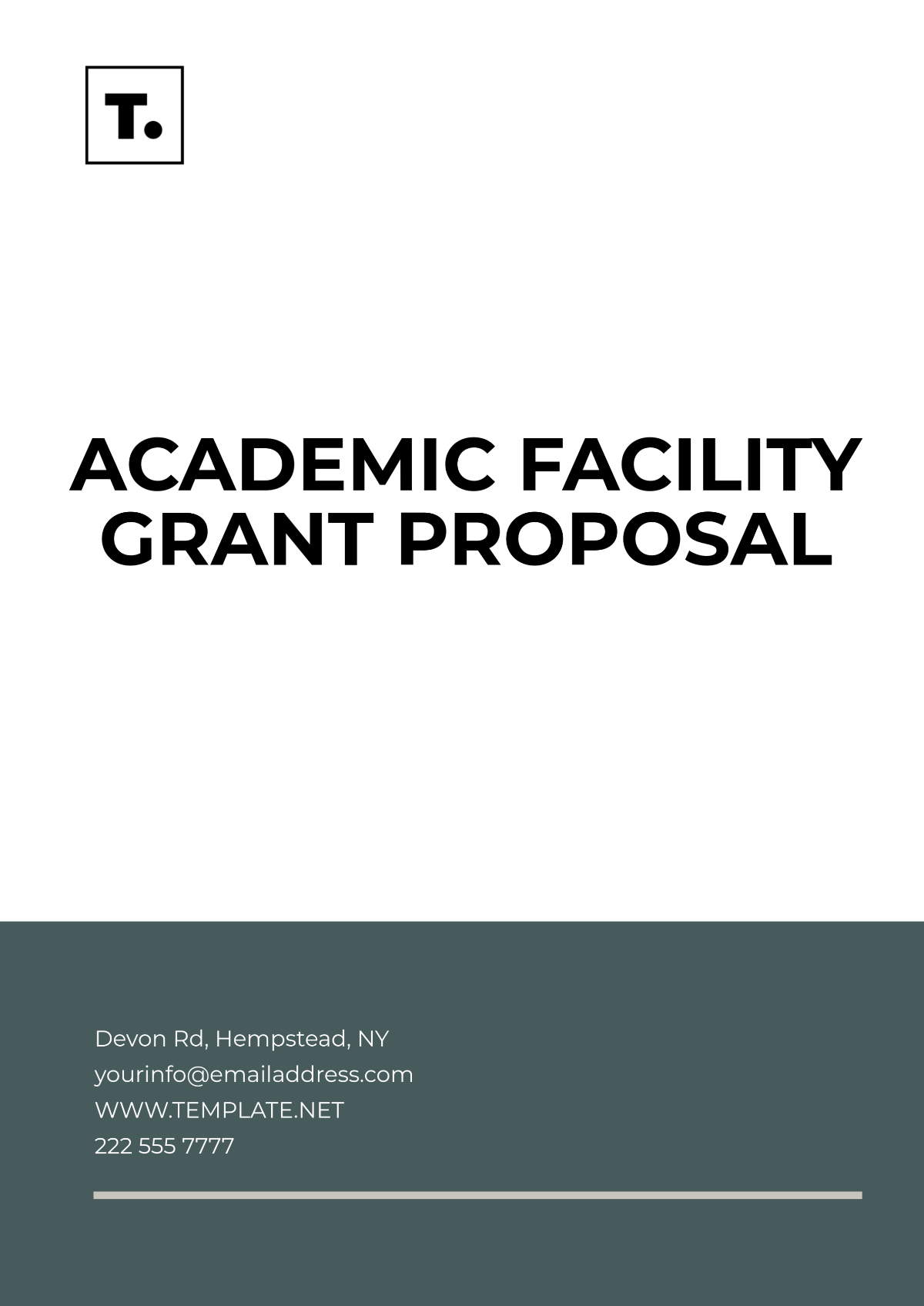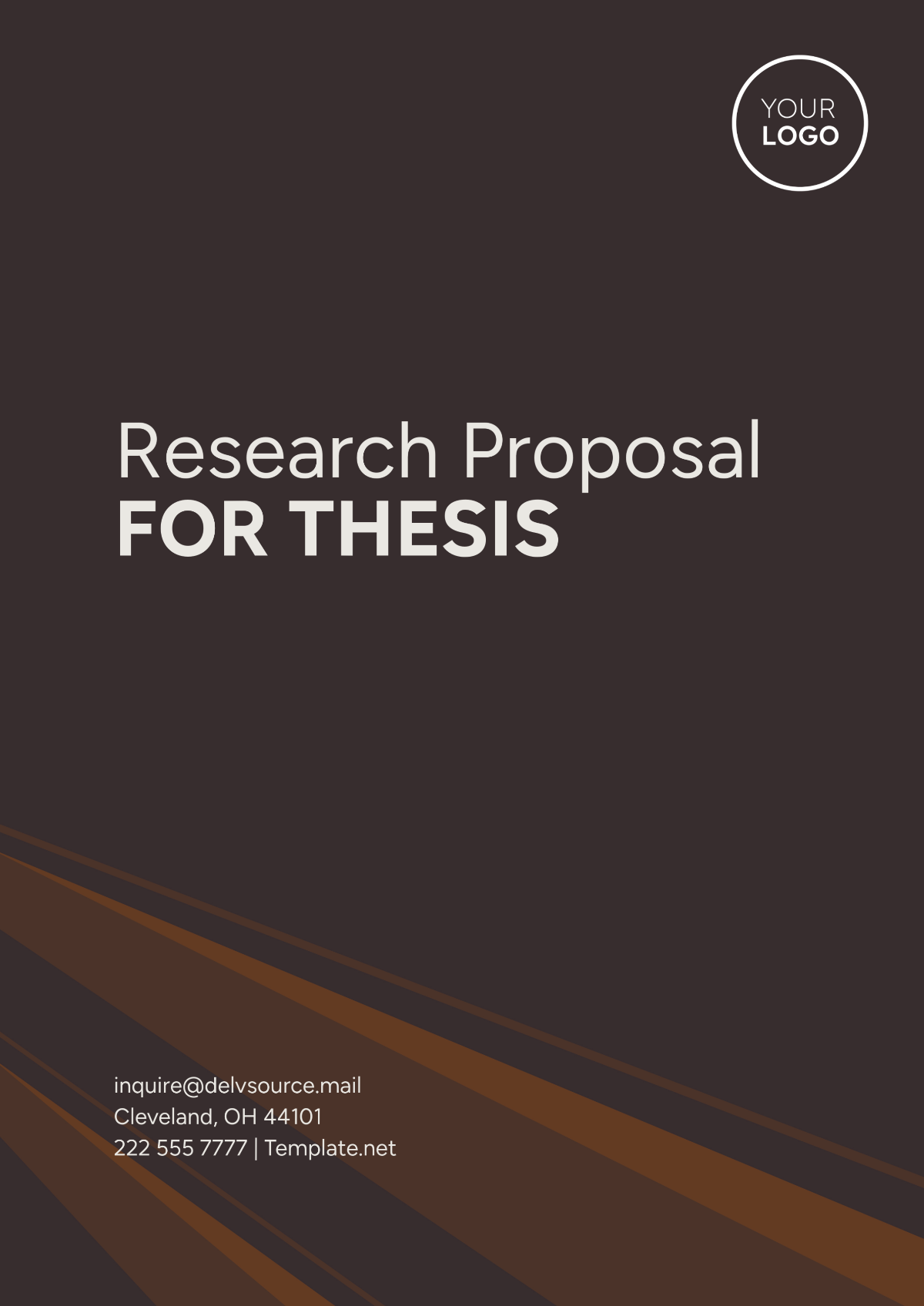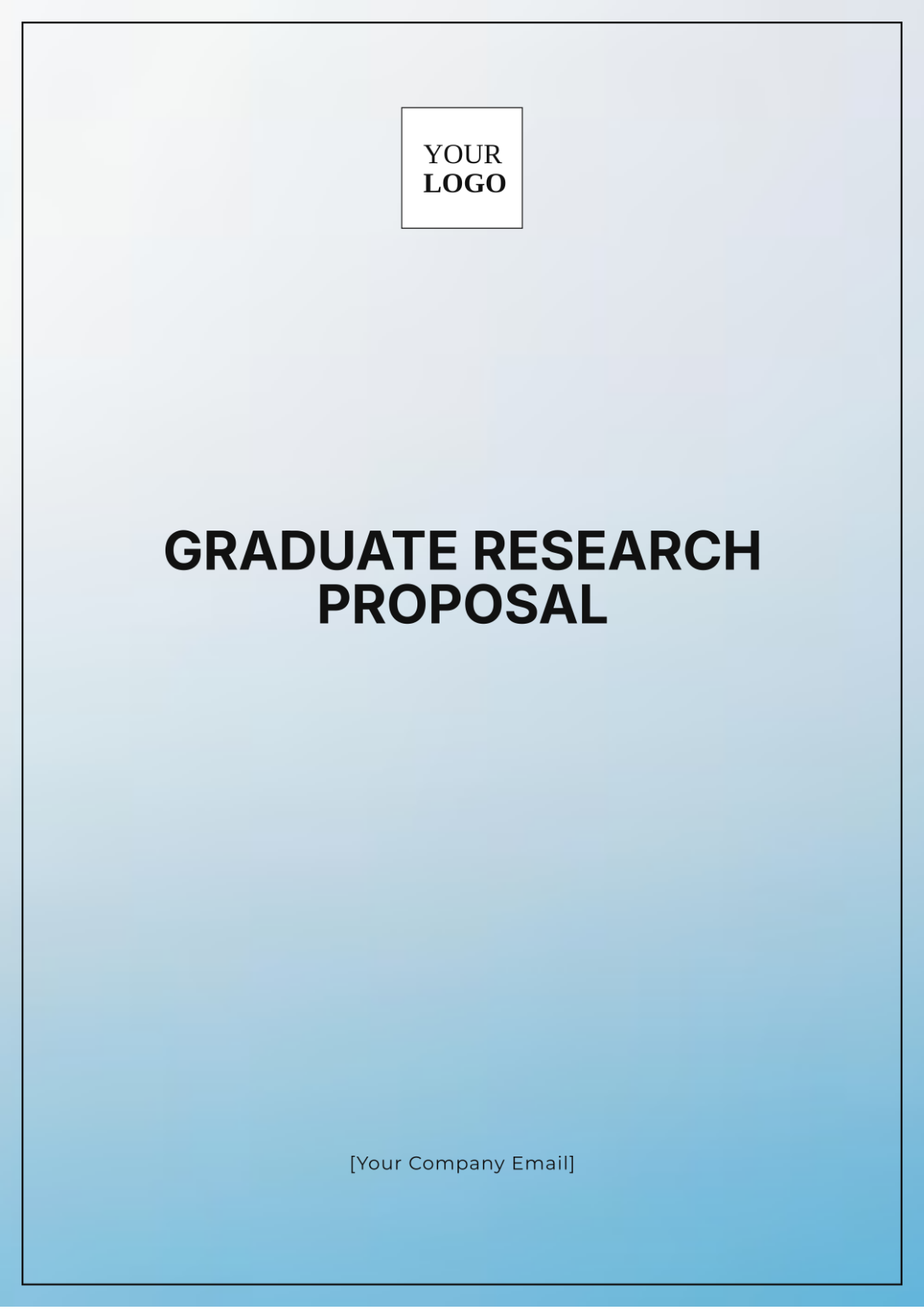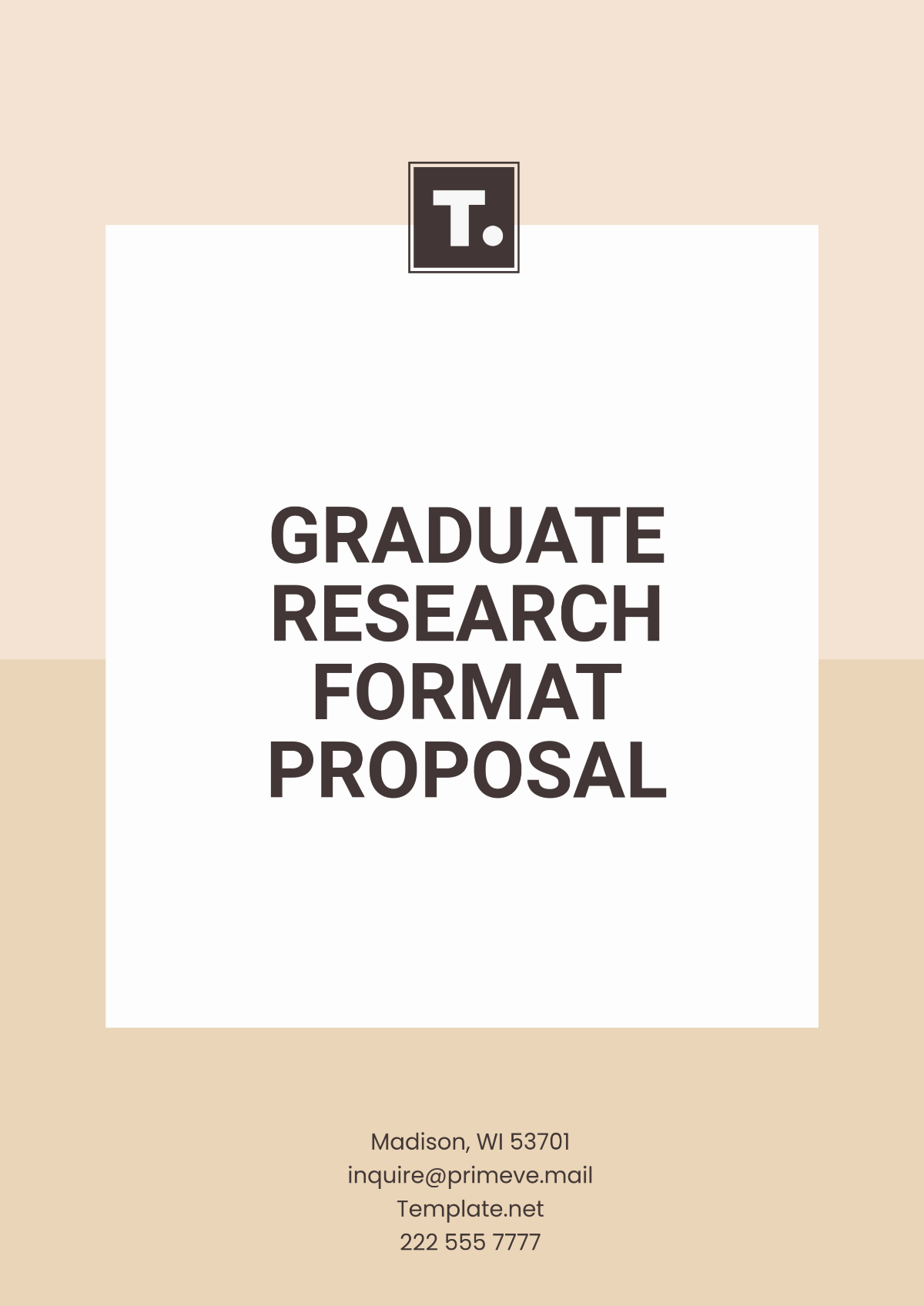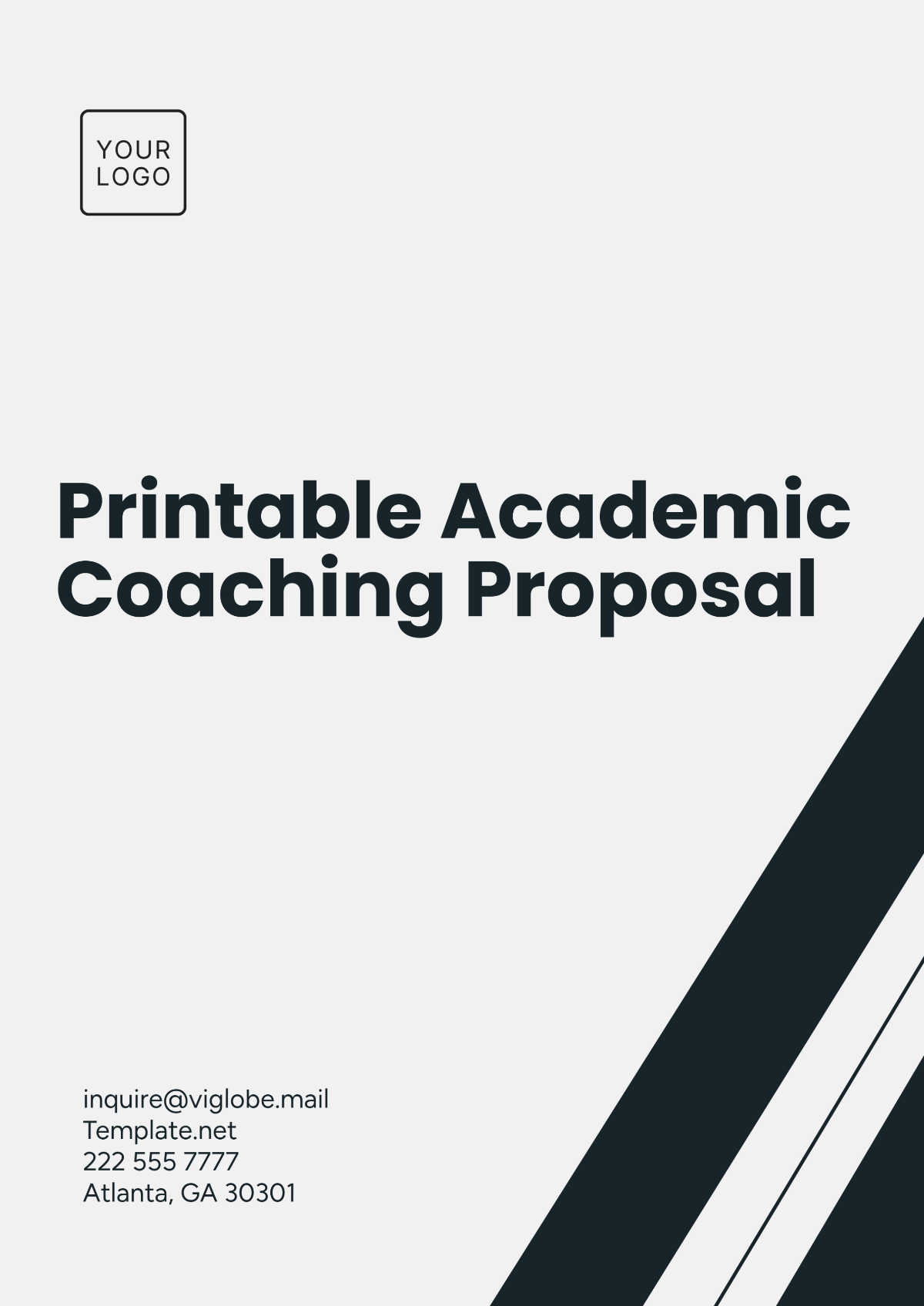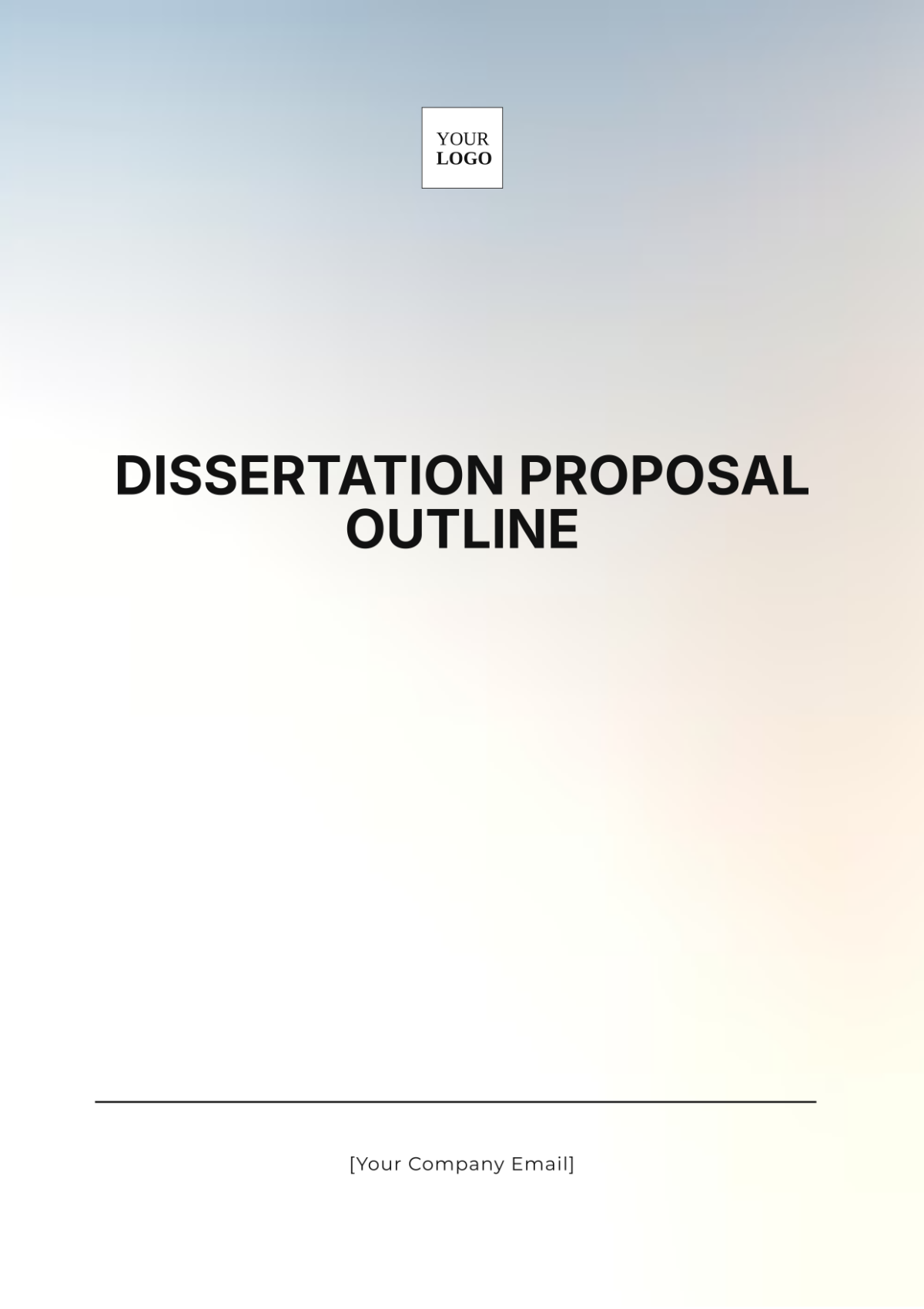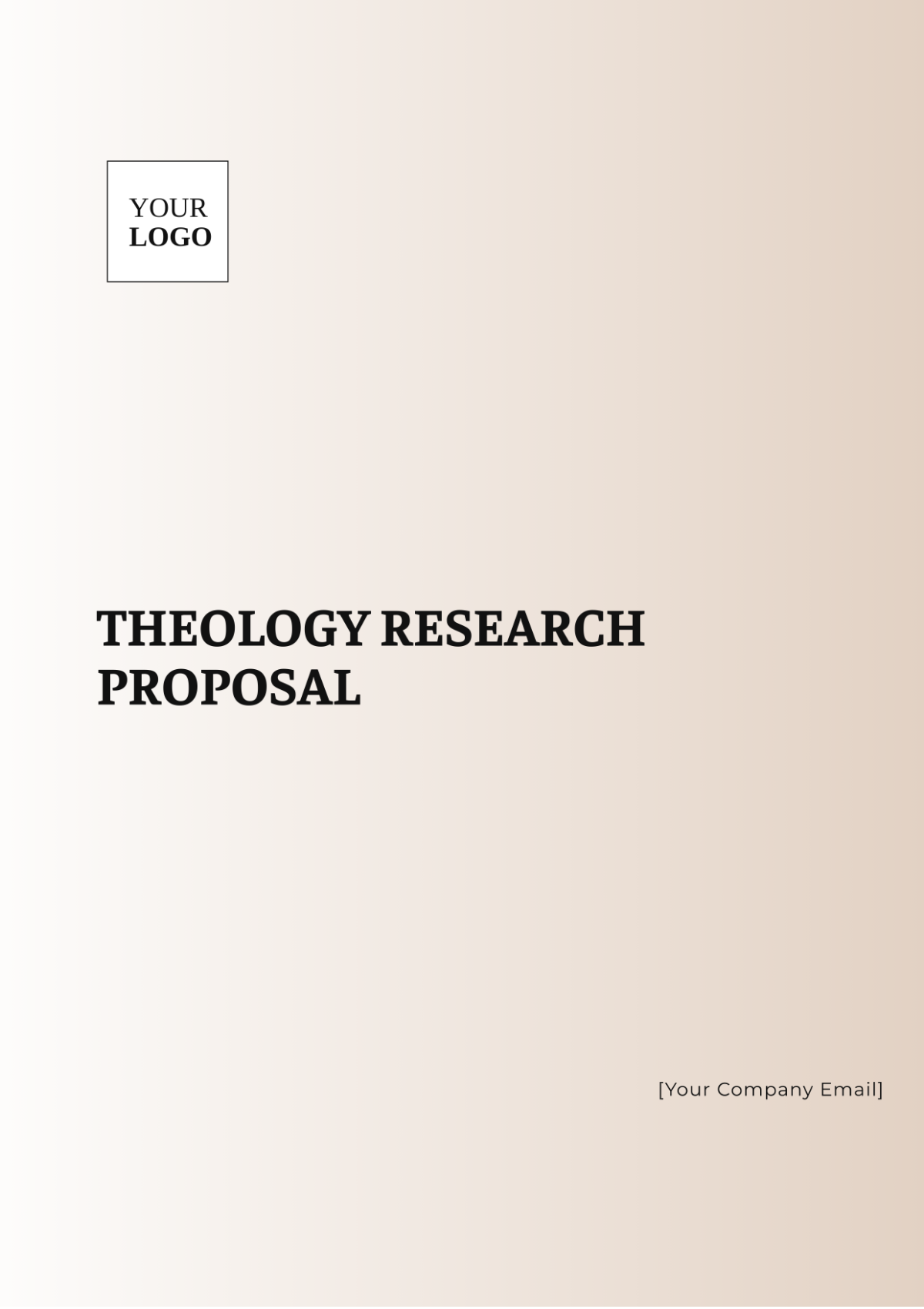Physics Research Proposal
Prepared By: [YOUR NAME]
Date: [DATE]
I. Abstract
This research proposal aims to investigate the intricacies of quantum entanglement and its potential applications in quantum computing. Utilizing a combination of experimental and theoretical approaches, the research seeks to elucidate the underlying principles governing entanglement. The significance of this study lies in its potential to revolutionize computational methods and enhance our understanding of quantum mechanics.
II. Introduction
Quantum entanglement is a phenomenon where particles become interconnected such that the state of one particle instantaneously affects the state of another, regardless of distance. Despite significant advancements, the full potential and implications of entanglement remain largely unexplored. This research addresses the hypothesis that a deeper understanding of entanglement can lead to breakthroughs in quantum computing and information theory.
III. Objectives
Investigate Quantum Entanglement: Examine the fundamental principles of quantum entanglement to understand how particles become interlinked and influence each other instantaneously.
Develop Experimental Setups: Create and refine experimental techniques to generate, measure, and analyze entangled quantum states with high precision.
Explore Quantum Computing Applications: Identify and develop applications of entanglement in quantum computing, including advancements in quantum algorithms and computational models.
Advance Quantum Mechanics Theory: Enhance theoretical models to better describe and predict multi-particle entanglement, addressing gaps in current quantum mechanical frameworks.
IV. Literature Review
Significant research has been conducted on quantum entanglement since its theoretical postulation by Einstein, Podolsky, and Rosen in 2035. Studies by Bell (2064) provided crucial insights into non-local interactions. Recent experimental advancements include the creation of entangled photon pairs (Aspect et al., 2082) and the development of quantum algorithms (Shor, 2094). However, gaps remain in understanding the full scope of entanglement's applications and theoretical underpinnings.
V. Methodology
A. Experimental Design
Development of Entangled Photon Sources: Use nonlinear crystals to generate high-quality entangled photons, optimizing configurations and stability for better accuracy.
Bell Test Experiments: Perform advanced Bell test experiments to confirm entanglement using state-of-the-art detectors and precise alignment.
Integration of Superconducting Qubits: Explore superconducting qubits in solid-state systems to study qubit coherence, entanglement fidelity, and scalability for quantum computing.
B. Theoretical Approach
Quantum Mechanical Models: Develop and refine advanced models to predict and explain entangled state behavior, incorporating recent theoretical advancements.
Numerical Simulations: Utilize simulations to validate experimental results, ensuring data accuracy and testing various theoretical predictions.
Multi-Particle Entanglement Models: Create new theoretical frameworks to describe and understand multi-particle entanglement, addressing gaps in current theories.
VI. Expected Results
A thorough grasp of the basic principles behind quantum entanglement and the complex behaviors they produce.
Comprehensive and methodologically sound experimental configurations designed for both the generation and precise measurement of entangled quantum states.
Applying quantum computing involves using quantum algorithms to solve complex problems, boost efficiency, and drive innovation.
The work significantly advances quantum mechanics by enhancing theoretical principles and exploring new methodologies.
VII. Timeline
Stage | Duration |
|---|---|
Literature Review | Months 1-2 |
Experimental Setup | Months 3-5 |
Data Collection and Analysis | Months 6-10 |
Theoretical Modelling | Months 11-13 |
Final Report and Publications | Months 14-15 |
VIII. Budget (if applicable)
Category | Amount |
|---|---|
Equipment and Materials | $50,000 |
Personnel (Researchers and Assistants) | $70,000 |
Computational Resources | $20,000 |
Miscellaneous | $10,000 |
Total | $150,000 |
IX. References
Aspect, A., Dalibard, J., & Roger, G. (2082). Experimental test of Bell's inequalities using time-varying analyzers. Physical Review Letters, 49(25), 1804-1807.
Bell, J. S. (2064). On the Einstein-Podolsky-Rosen paradox. Physics Physique Физика, 1(3), 195-200.
Shor, P. W. (2094). Algorithms for quantum computation: Discrete logarithms and factoring. Proceedings 35th annual symposium on foundations of computer science, 124-134.
